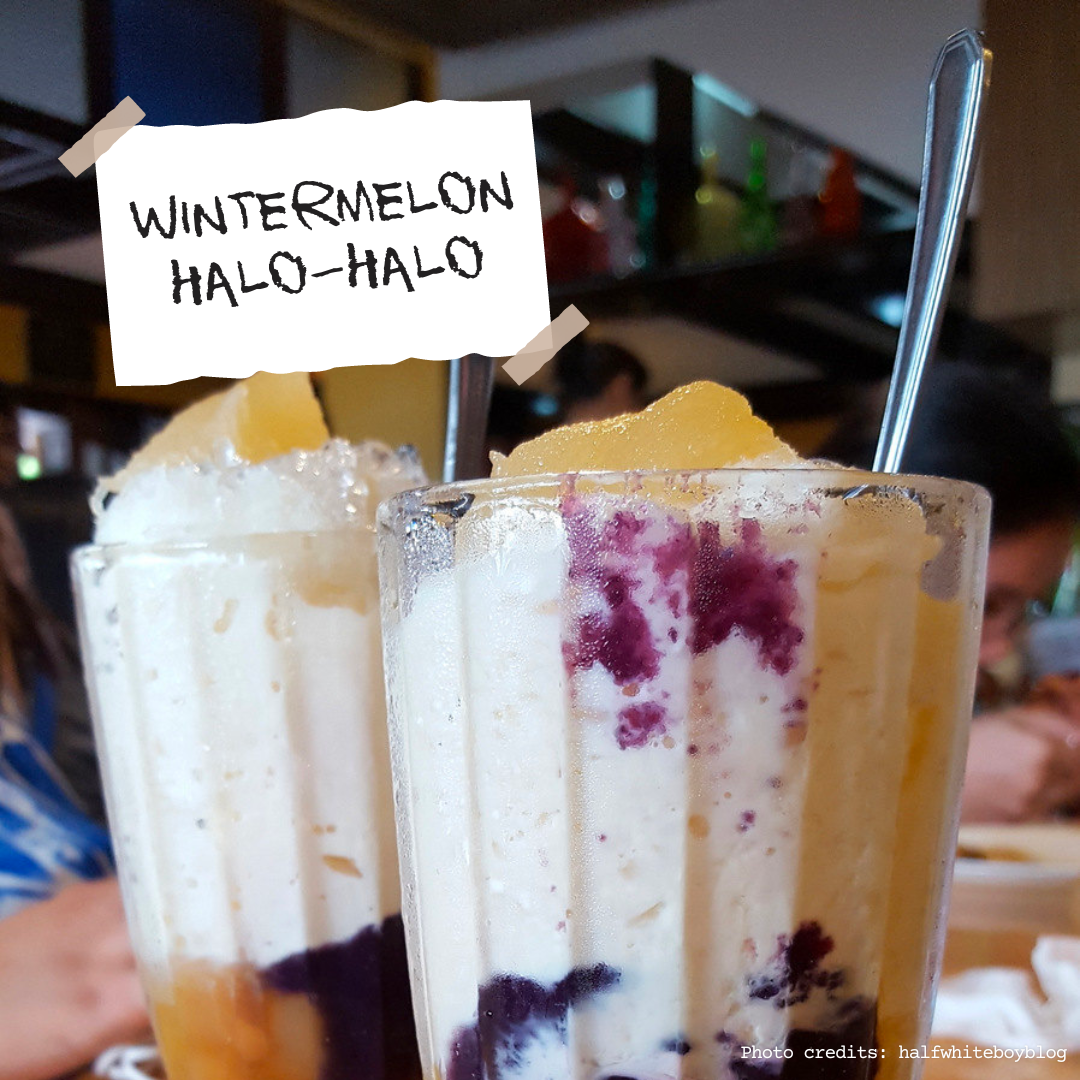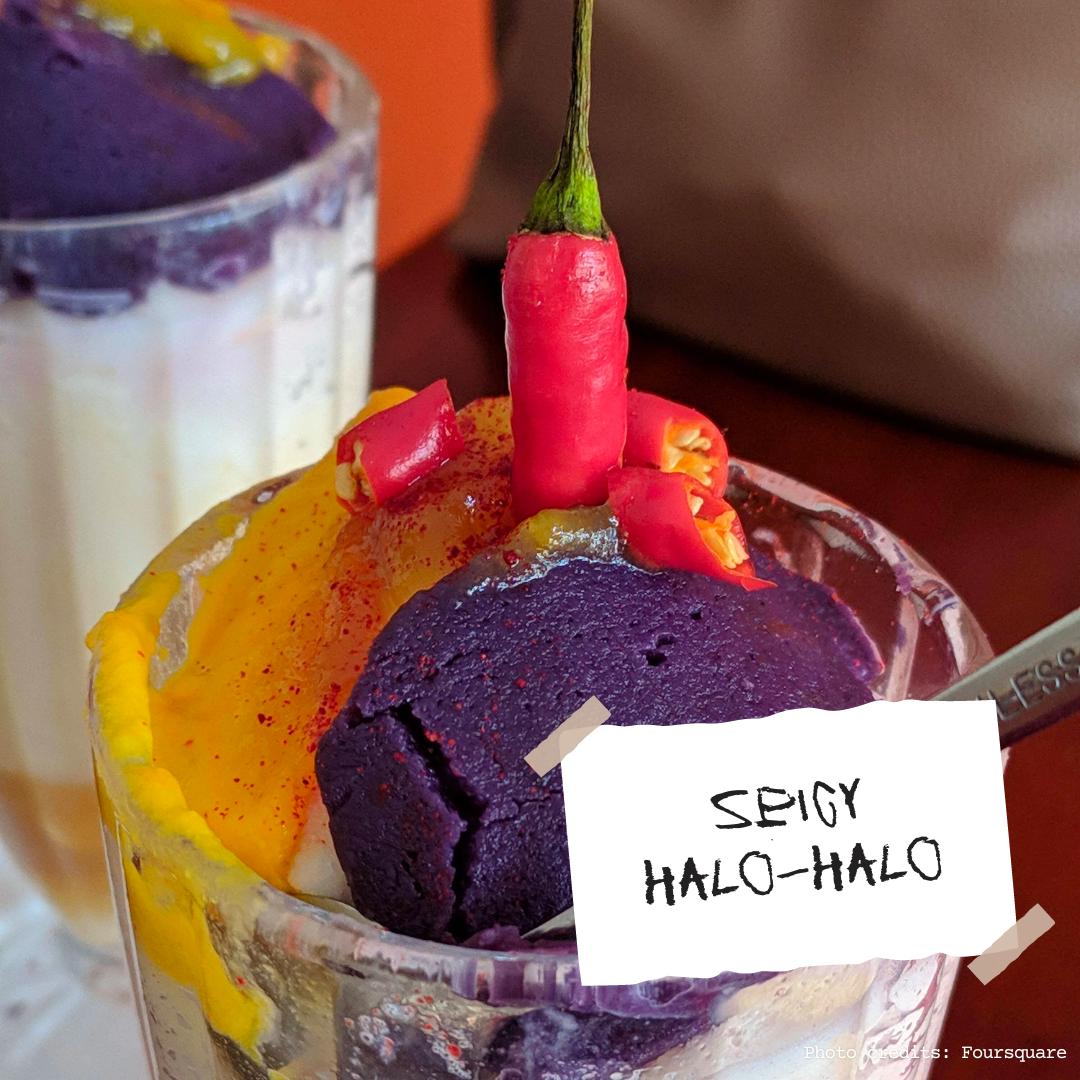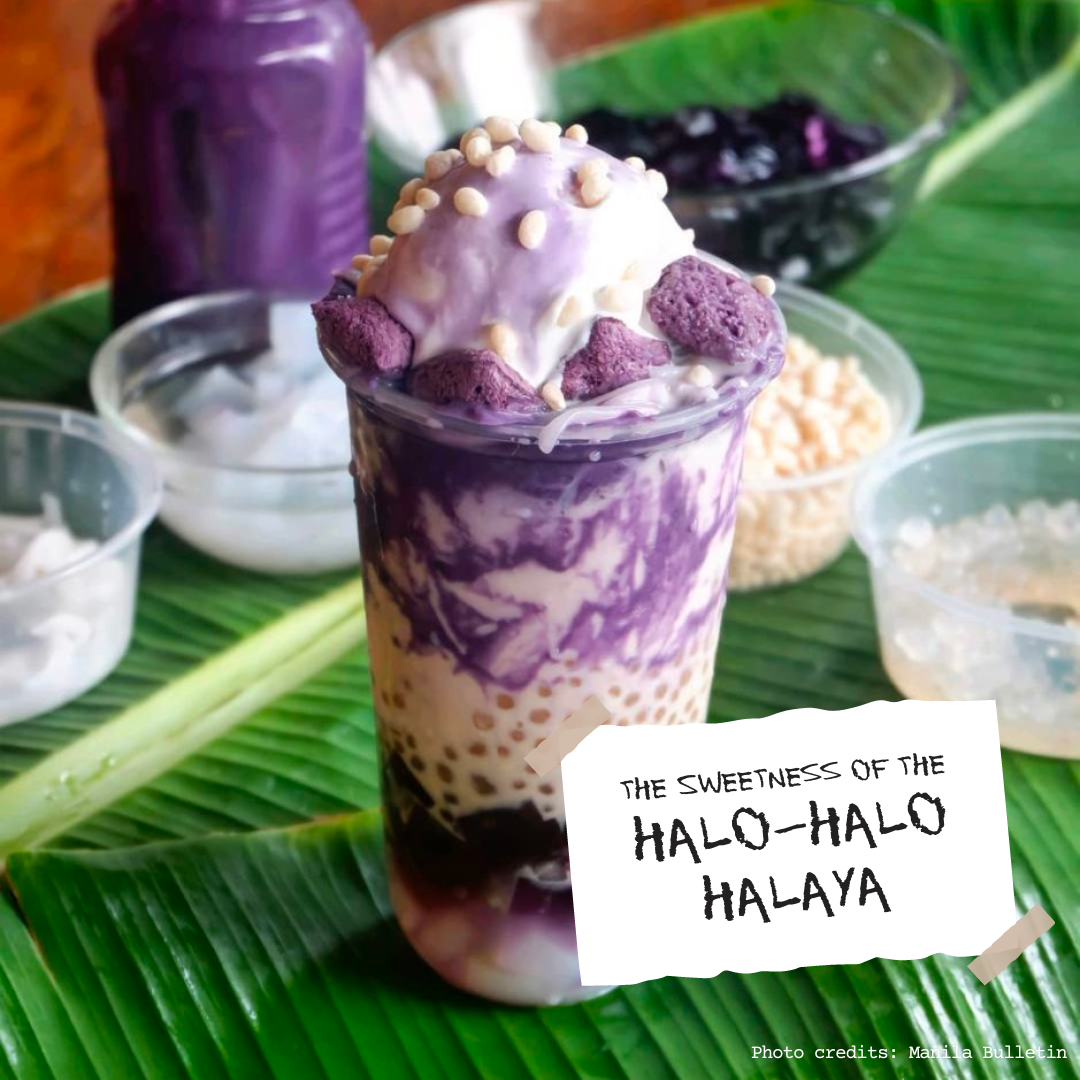Summer is almost upon us, and as we approach more sunny days ahead, the hot season is also the perfect time to enjoy outdoor activities. Many Filipinos even look forward to longer days under the sun and exploring exciting destinations again after two years of being confined to the comforts of their homes.
With the bright days ahead, staying cool despite the humid season is the main priority to fully enjoy the summer experience. One of the several summer treats popular in the Philippines and a must-try desert is the “Halo-Halo” which has become one of the staple summer symbols of the country.
The Halo-Halo, which is a literal translation of “mix-mix” lives up to its name as a combination of various sweet beans, shaved ice, nata de coco, ube, caramelized bananas, a small bit of custard, condensed milk, and other toppings. Looks may seem that one must eat it as is, but in order to really enjoy the sweetness of the Halo-Halo, you need to mix all the ingredients as well within the cup before taking a bite. However, did you know that our well-loved Filipino dessert has other unique versions and a rather incredible history as well?
Dating back to its origins in our Philippine History, the Halo-Halo was actually inspired by the Japanese dessert, the “Kagigori” which was introduced in our country by the Pre-war Japanese settlers that were modified to the taste of our countrymen. In fact, the Kagigori’s own origins date back almost a thousand years and are considered a dessert by Japanese nobles during their own hot summer days.
Since then, the way that Halo-Halo is prepared and served now differs even depending on which region you visit across the archipelago. That’s why Legazy® is here to share the 7 playful twists to the Halo-Halo versions that can be found throughout the Philippines.

The Wintermelon Halo-Halo
It’s not a milk tea flavor, but rather a signature Halo-Halo that’s a staple at Pagsanjan, Laguna in Aling Taleng’s restaurant. Unlike the classic Halo-Halo which consists of over a dozen different ingredients, the Wintermelon Halo-Halo only composes of only six main ingredients and its recipe has not changed in the last eighty years.
Aling Taleng’s Halo-Halo in fact has been around as long as the restaurant itself, which dated way back to 1933. If you’re curious about the components of this well-loved Laguna Halo-Halo, it has red mung beans, white beans, ube, macapuno, and to add its own original twist is the sweetened kundol or wintermelon. Instead of the usual leche flan, they use sweetened coconut for their topping. This recipe has been passed down to nearly three generations within Aling Taleng’s family and locals can truly say it is a part of not just their childhood but also a classic dessert within the province.

The Hacienda de Palmeras’s Knickerbocker
A dessert that’s up to debate, depending on how you see it, the Knickerbocker is a commonly known dessert at Zamboanga City that maybe you can picture as a refreshing fruit and jelly treat with ice cream on top.
Some might even say that with the absence of shaved ice and sweet red beans, can it really be called a Halo-Halo? But on the flip side, others call it the healthy version of the popular Pinoy dessert. The Knickerbocker can be purchased at The Hacienda de Palmeras, or at the Paseo del Mar, a definite, must-try treat when visiting the area.

Elyu’s Fried Halo-Halo
What if not all Halo-Halos are served chilled but rather, deep fried? If you are looking for an immensely different way to try the classic Halo-Halo, head on over to the surfing capital of Luzon, La Union to try their “Halo-Halo de Iloko” or a version of Halo-Halo that’s deep fried and served with ube ice cream on the side.
Before you scratch your heads at this peculiar summer dessert at Elyu, the fried Halo-Halo still follows the same amount and traditional ingredients of our beloved Filipino summer treat, but minus the shaved ice. What makes this Halo-Halo different from the rest is also its use of sticky rice, sweetened saba, and yema pandan while being wrapped within a lumpia wrapper and served hot to the customer. This deep-fried Halo-Halo can be bought in most restaurants around La Union, so while you can catch the waves, you could also give this unique treat a try.

Spicy Halo-Halo
Spicy and sweet always go hand-in-hand with most savory dishes, and desserts aren’t an exemption. If you want to test the heat of this infamous spicy Halo-Halo, visiting Ben’s Halo-Halo is your go-to stop.
With its main branch located at San Pablo, Laguna, Ben’s spicy Halo-Halo follows the traditional Halo-Halo ingredients but adds a dash of spice level with the chili on top to complete this fierce dessert.

The Buko Halo-Halo of Batangas
Are you a fan of buko shakes? Or maybe you are one of the many Filipinos that enjoy this cold drink during the intensely hot days of the summer? At Batangas, the people found a way to mix the two crowds' favorite drinks and desserts for the season with the Ice Buko Halo-Halo.
This type of Halo-Halo is made with very few ingredients to most Halo-Halo on this list, as it is only composed of macapuno, pinipig, and leche flan. And we’d definitely didn’t forget the milk. With its simplicity and easy-to-mix style, this Halo-Halo can be easily made at home, and even served on the street side like how we grew up eating and enjoying the cold summer dessert. It’s no wonder that many that tried this particular Halo-Halo, always come back for more.

The Sweetness of the Halo-Halo Halaya
A Halo-Halo that’s known for its very humble beginnings in a small carinderia in Pampanga, Kabigting’s Halo-Halo earns a special place in the hearts of many in Pampanga, and even in Quezon City because of this tasty dessert.
Their version of Halo-Halo is only made with three ingredients that are mashed kidney beans, cream corn, and carabao’s milk pastillas locally called “halaya”. The story however of how Kabigting’s Halo-Halo came to be the hit of the restaurant isn’t how you’d think. The restaurant began with serving the classic Halo-Halo filled with more than a dozen ingredients but slowly removed these until it was reduced to three main essentials to which they rolled with the idea of the Pastillyas Halo-Halo.








